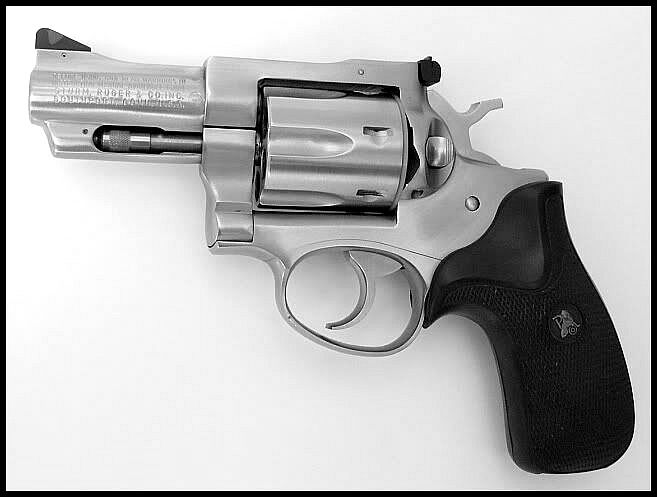I knew a fellow who was hit by a .22LR round fired from a mile away by some kids shooting what appeared to be (according to witnesses) a handgun with a longish barrel, perhaps a Ruger 6-inch auto. No one got a license tag, but they only fired a few shots, then got in their car and took off.
A mile away, this fellow was doing some work on his house, cleaning gutters, and felt a sharp stabbing "sting" in his back. At first he suspected a wasp, but by the time he got to the bottom of the ladder, he felt sick and that he was going to pass out. He got to the phone and did pass out. The next thing he knew, he woke up in a hospital, where he was told he almost bought the proverbial farm.
The ensuing investigation showed that witnesses placed the shooters a mile away (by map). The kids were never caught, but investigators were amazed that a .22 round fired by a pistol could have been so deadly. Had the paramedics not arrived and rendered medical assistance, my friend would have died.
I don't know how many of you have had very bad wasp stings, but they're not something you want to experience. That he said it was like a "very bad" wasp sting indicates that he immediately knew he was in trouble.
Now how does this relate to 100-yard shooting? Simple. The .22 is a wholly unthreatening gun to shoot. You can take a Ruger Mark II and use it for self defense or for plinking. It's fun, accurate and though shooting at 100 yards is pushing it, I, too, have had fun shooting it at that distance. And I've broken my share of clay pigeons at 100 yards. But the best caliber of all for shooting at a hundred yards is, in my view, the .357 magnum -- the second greatest round of all time. Yes, the .22 is in many ways the perfect survival gun. You can fill the air with a great deal of lead with one, just like a shotgun; however, if I were going to be air-dropped into a remote territory with only one gun and several thousand rounds of ammo, it would be a Ruger .357 Security-Six with rubber grips and mixed 158gr and 125gr JHPs.
When shooting at a hundred yards with some friends, I left him and some other friends a good distance away so they could shoot his new .454 Casull, a gun and ammo I wanted no part of. I took his wife, who had never fired a handgun, over and started her off with .22 ammo. She was soon kicking up dirt all around the clay pigeons and occasionally hitting them. (Not bad for a new shooter!) But she soon tired of the diminutive cartridge and wanted something a little stouter. We tried .38 rounds, but got mixed results at the greater distances; but when we switched to some of my handloaded 125gr JHP magnum rounds, I was surprised to see her actually connecting. And when I put five shots into the cylinder to see if she was flinching, I saw that she wasn't.
Now here's the kicker. (No pun intended.) The gun she fared the best with was my Ruger 2 3/4-inch Security-Six. I'd always thought of it as a weak sister to the other barrel lengths, but we both did very well. I theorized that the shorter sight radius was easier for us to draw a bead on. With a 6-inch barrel, the front sight seemed to be all over the place and it did not inspire confidence. But the shorter barrel, with the right breathing and stance, was surprisingly good. Ditto with the 4-inch. We had a great day and lots of gun. My buddy and his friends, however, returned with bruised hands and a flinching problem. And my friend had a significantly lighter pocketbook, as the ammo for his Casull was outrageously expensive.
So my vote is for the .357 Magnum. My .44 Magnum (a nickel S&W 29) wasn't nearly as accurate as I had hoped, but it came close to the targets and hit its share. I've heard the oft-told story of Elmer Keith's 600-yard shot with the .44, but for a hundred yards, make my caliber the .357. And don't discount the .22LR as many do.
....
.

